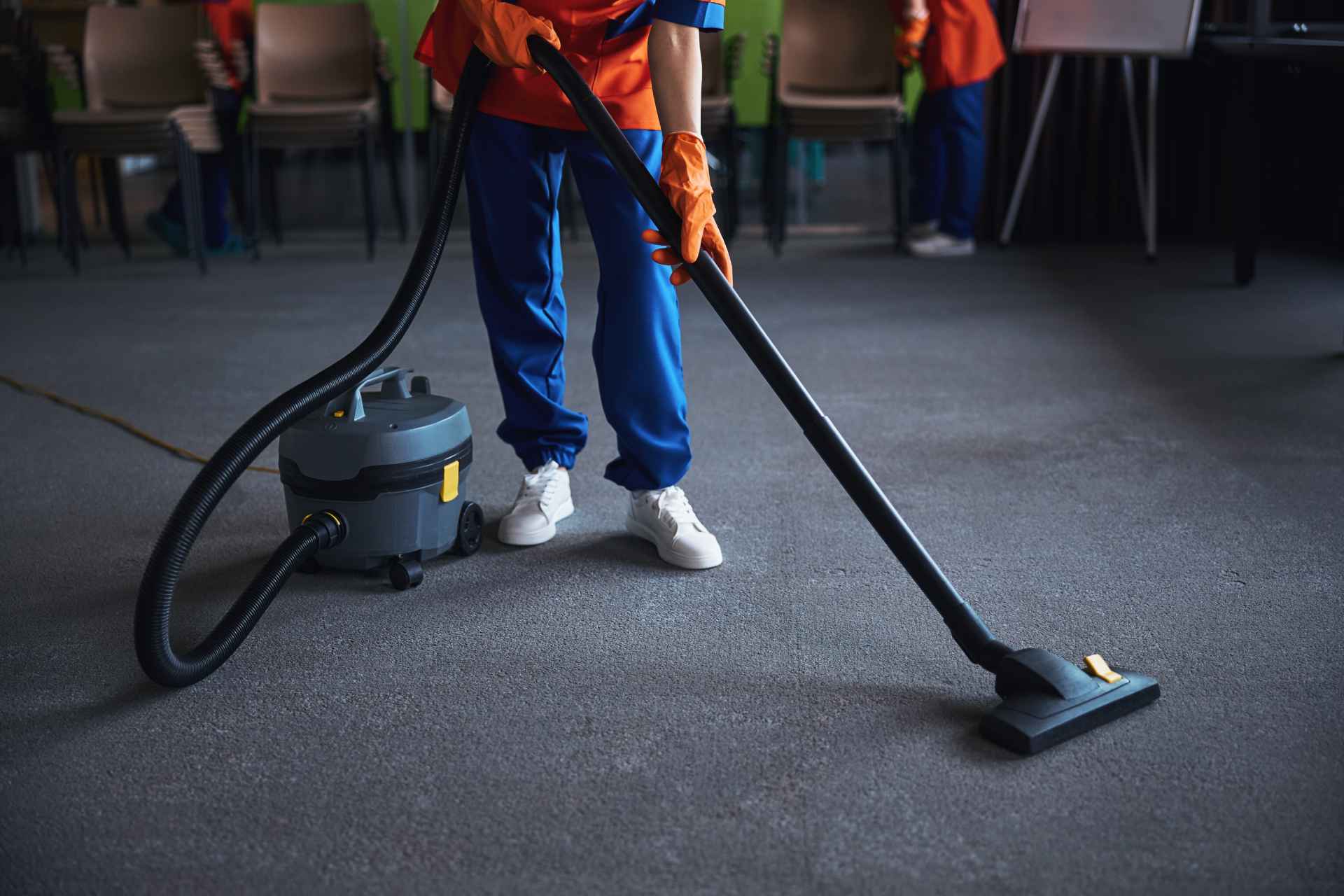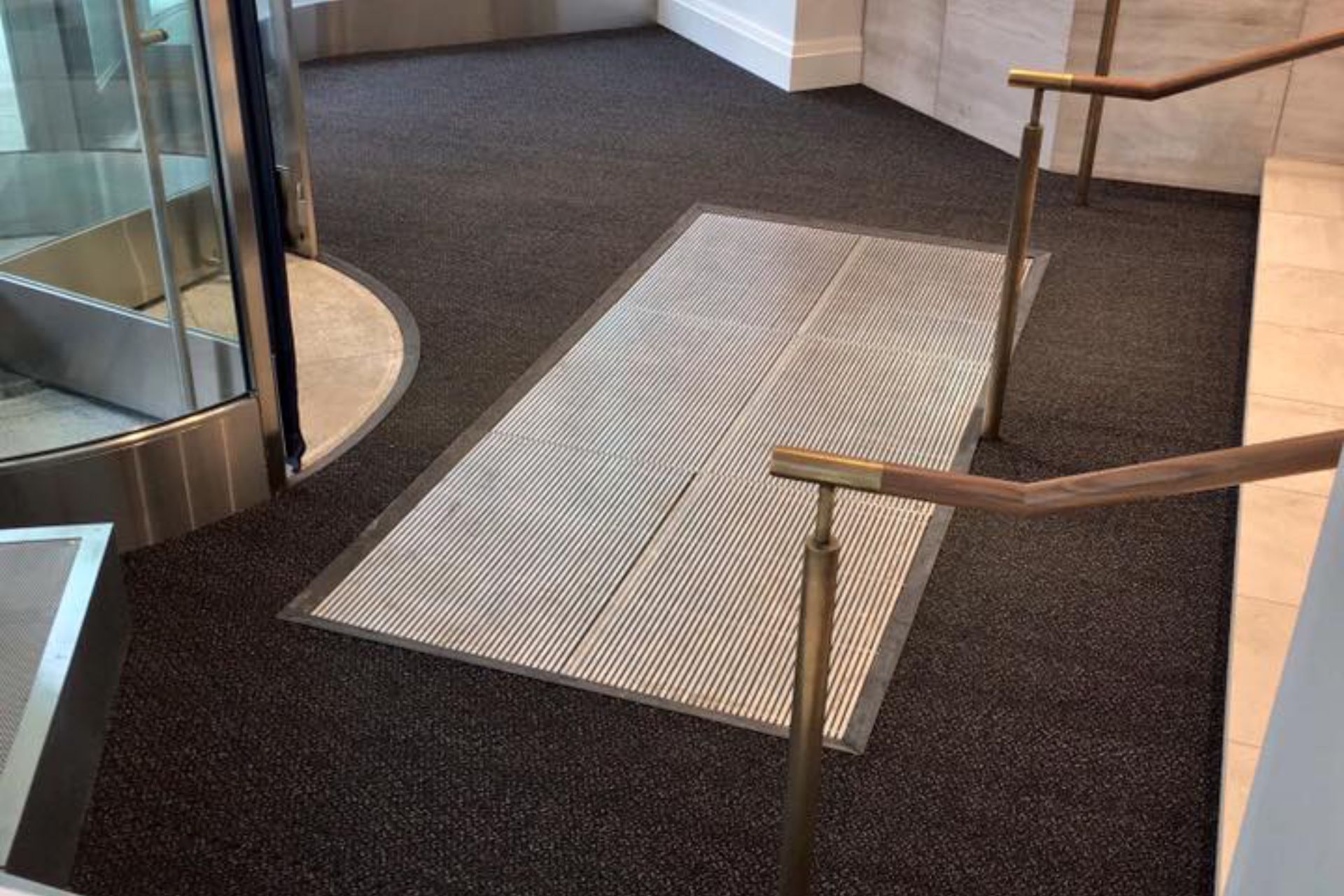Light cleaning and deep cleaning are both important for maintaining a healthy and productive environment. Light cleaning addresses daily maintenance and immediate cleanliness while deep cleaning tackles hidden and accumulated issues. Light cleaning tasks help maintain a basic level of cleanliness and create a more pleasant and comfortable working environment. Regular disinfection helps prevent the spread of germs and reduces the risk of illness among occupants. On the other hand, deep cleaning addresses dirt, grime, and contaminants that accumulate over time in hard-to-reach areas. By removing built-up dirt and preventing wear and tear, deep cleaning tasks help prolong the lifespan of furniture, carpets, and equipment. A combination of light and deep cleaning is essential for a comprehensive and effective cleaning strategy in commercial spaces.
Balancing light cleaning and deep cleaning in commercial spaces requires a strategic and systematic approach. Here are some guidelines to help you achieve a harmonious cleaning schedule:
1. Assess Cleaning Needs
Evaluate the specific cleaning needs of your commercial space. Consider factors such as foot traffic, the nature of the business, and the types of surfaces and equipment present.
2. Develop a Comprehensive Cleaning Plan
Create a detailed cleaning plan that includes both light and deep clean tasks. This plan should outline daily, weekly, monthly, and annual cleaning tasks.
In general, daily cleaning tasks target high-traffic areas, restrooms, and breakrooms or kitchens. These may include the following tasks:
- sweeping and mopping floors in high traffic areas
- sanitizing door knobs, handles, and light switches
- emptying and cleaning trash bins
- cleaning toilets, sinks, and countertops
- refilling soap dispensers and restocking paper towels
- wiping down tables, shelves, and other surfaces
- cleaning appliances used in the kitchen
Weekly and monthly tasks go beyond daily maintenance and involve more extensive cleaning. Depending on the nature of your business and the traffic in and out of your commercial space, these tasks may include:
- vacuuming carpets and mopping hard floors
- cleaning windows and glass doors
- dusting blinds or curtains
- wiping down office equipment
- in-depth cleaning of restrooms and kitchens
Your cleaning schedule will depend on the specific needs of your commercial space. Some tasks, such as cleaning HVAC systems, equipment maintenance, and carpet and upholstery cleaning can generally be done once a year. To effectively perform certain tasks, you may also consider hiring professional cleaning services for specialized deep cleaning tasks.
3. Prioritize High-Traffic Areas
High-traffic areas tend to accumulate more dirt, germs, and wear and tear compared to other areas in your commercial space. Regular cleaning and disinfection of these areas help minimize the spread of illnesses and contribute to a healthier environment. Areas with high foot traffic are more susceptible to wear and tear, including damage to flooring and carpets. Regular cleaning helps manage the impact of foot traffic and can extend the lifespan of flooring and other surfaces. High-traffic areas, such as the entrance and the lobby, can create a positive first impression for clients, customers, and employees. Regular light and deep cleaning in these areas contributes to a well-maintained and professional appearance for your business.
4. Adapt to Seasonal Changes
The impact of weather and seasonal variations can significantly affect the cleanliness and maintenance needs of your commercial space. Each season brings weather-related challenges. In winter, snow, ice, and slush can be tracked into buildings, leading to wet and dirty floors. Salt and de-icing chemicals brought in by shoes can also cause damage to the flooring. Similarly, the falling leaves, mud, and rain in autumn can create challenges for entrances and lobbies. Some in-depth cleaning tasks may need to be performed more frequently due to these. During flu season and allergy season, increasing the frequency of disinfection may be crucial for the health and wellbeing of the occupants.
5. Invest in Quality Industrial Cleaning Supplies
Quality industrial cleaning supplies are formulated to effectively remove dirt, grime, and contaminants from surfaces. High-quality products can make cleaning more efficient. These products can save time, allowing your cleaning staff to cover more areas without compromising the quality of cleaning. High-quality disinfectants are crucial for preventing the spread of germs and ensuring a healthy environment. Investing in quality cleaning products is a proactive and strategic decision that pays off in terms of cleanliness and health in your commercial space.
6. Promote a Cleaning Culture
Encourage employees to maintain a clean and organized workspace. Provide guidelines for personal workplace cleanliness and hygiene. Making cleaning supplies, such as trash bins and paper towels, easily accessible to employees can help promote a clean-as-you-go culture.
Balancing light and deep cleaning requires flexibility and responsiveness to the unique needs of your commercial space. Regular communication with cleaning staff, assessing the effectiveness of your cleaning plan, and adapting to changing circumstances will contribute to maintaining a clean and healthy environment.






